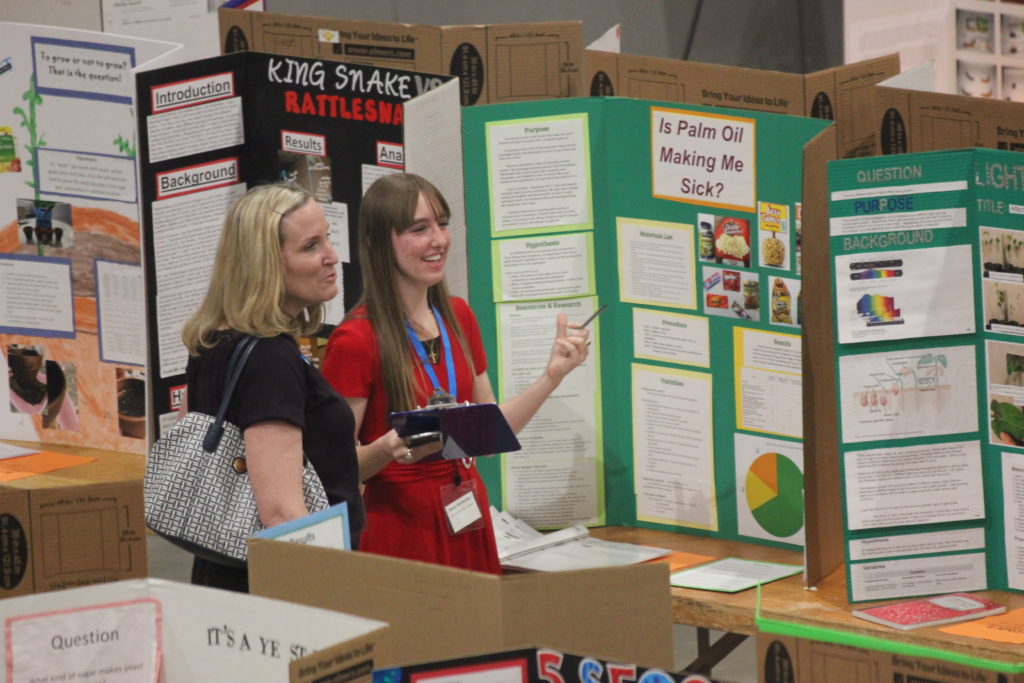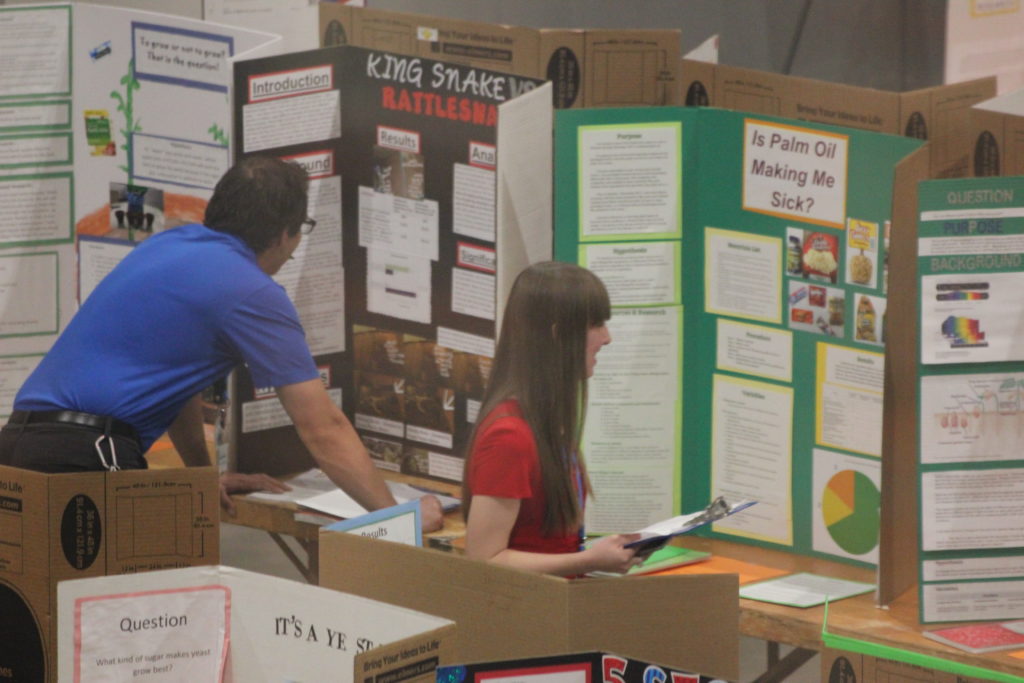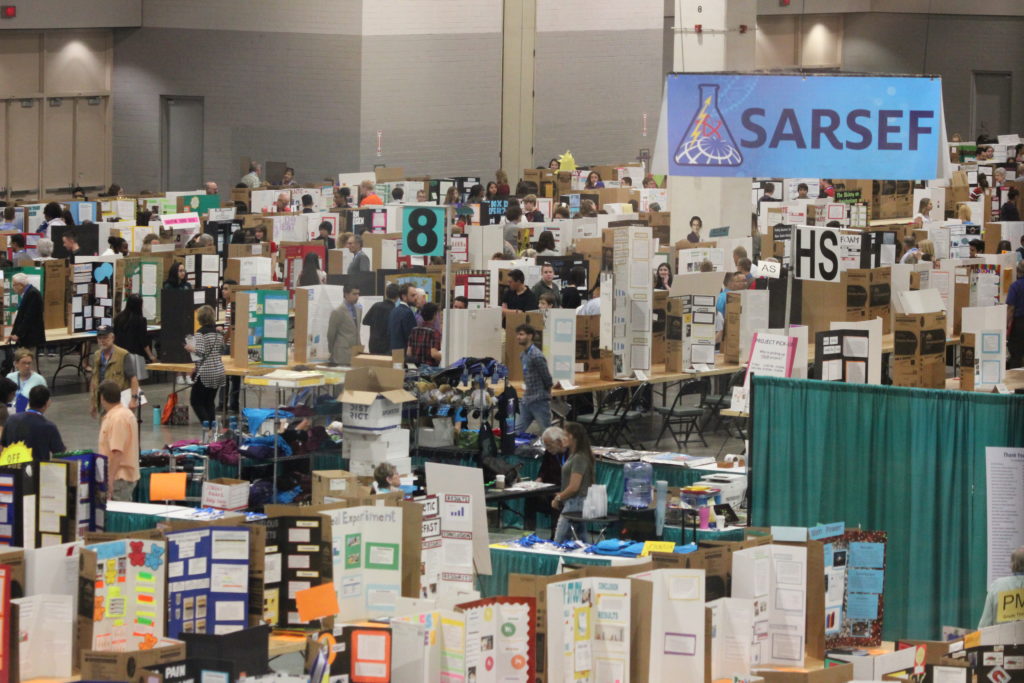
Having participated in the Southern Arizona Research, Science, and Engineering Fair (SARSEF) twice as a student in 2012 and 2016, I decided to experience the other side of the coin and become a judge myself for the fair in 2018 as a sophomore in college. My assignment ended up being 4th Grade Plant and Animal Sciences, which fortunately had been one of my top picks. Upon arriving, breakfast was served and I met my judging team composed of four other people. Each of us had a list of posters to evaluate from the total number of projects within the category, including both individual and team. No interviews were required for elementary schoolers, and judging criteria included the research question, design and methodology, execution with regard to data collection, analysis, and interpretation, creativity, and poster presentation. Additionally, each of these had more specific sub criteria that helped us narrow it down after we had chosen our top picks for 1st, 2nd, and 3rd place. We were also allowed to give out several winners for each category which made the job easier. As for judging itself, let’s just say that evaluating ~30 projects in slightly over an hour is one challenging feat! It totally caught me off guard as I had expected more time, but it turns out that year they had a record-breaking number of student participants, yet fewer judges. However, it helped me realize just what I was capable of. Moreover, one of the most rewarding parts was seeing the intelligence that kids can display in addition to their passion for science; there were some projects where the children came up with ideas and understood concepts that even adults wouldn’t have thought of or comprehended!
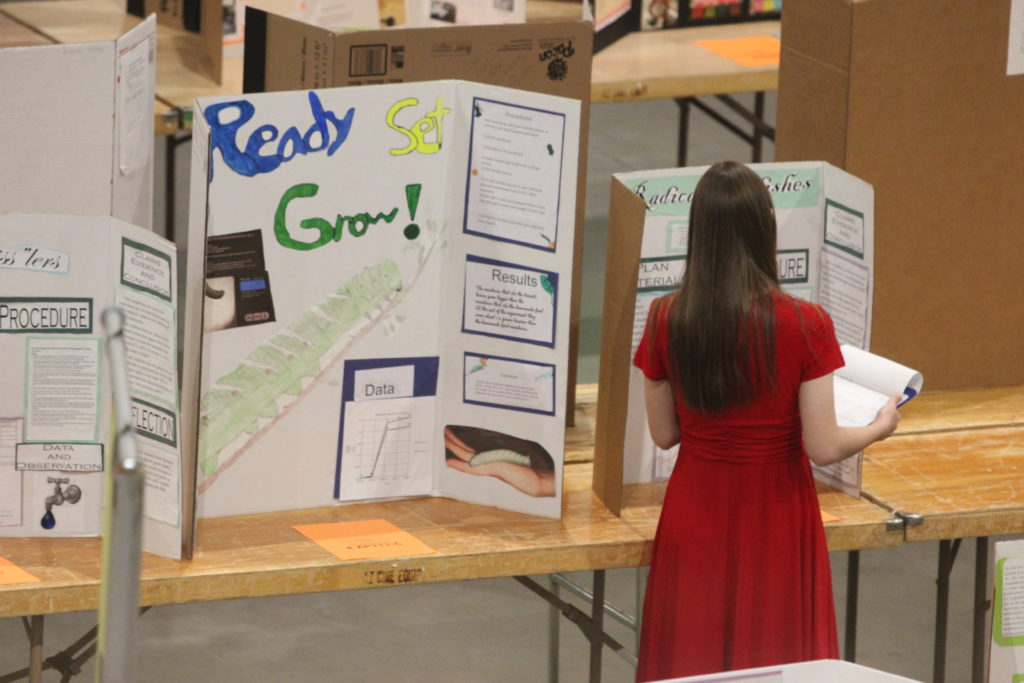
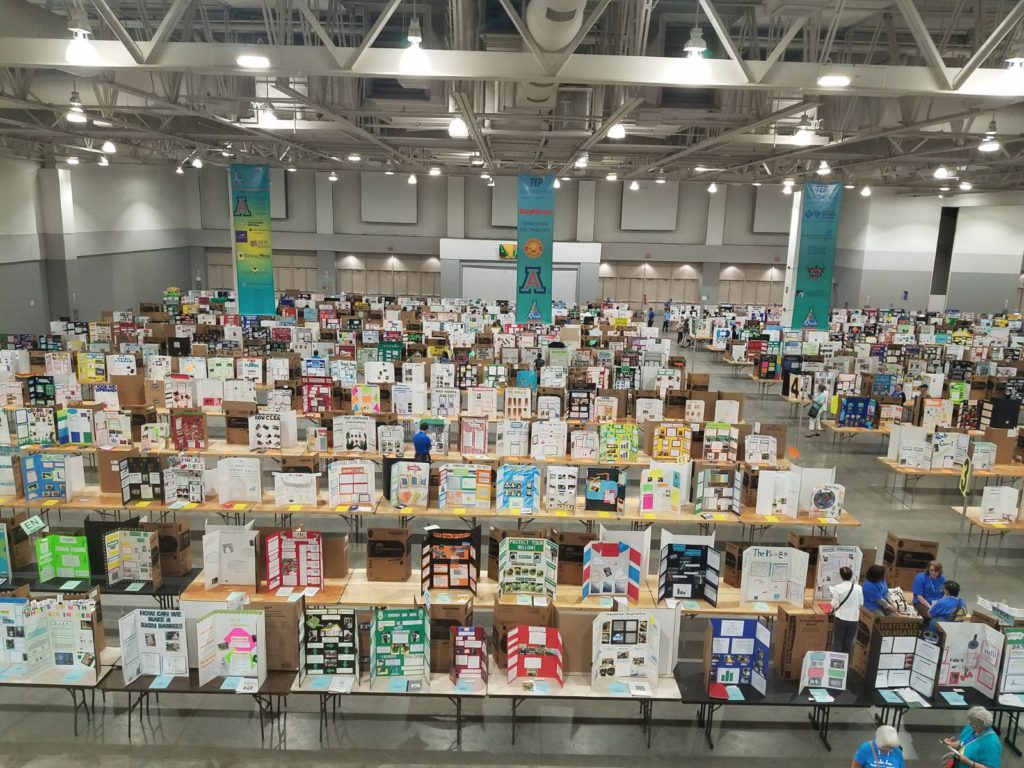
After deciding our top picks for 1st, 2nd, and 3rd place, our judging team was required to interview the middle schoolers on their projects prior to finishing our own assignment. Not only was it a good experience for the students to learn how to talk to professionals, but it was also a great opportunity for me to learn how to ask proper questions and make each individual feel valuable. I primarily focused on those posters that were in the Plant and Animal Sciences category as that had been my own field of judging and, once again, was blown away by the ingenuity. There was even one project that was very similar to the one I had conducted in 2012, so being able to compare my own results (as best as I remembered!) to the students’ was a phenomenal experience. That, after all, is what science is all about!
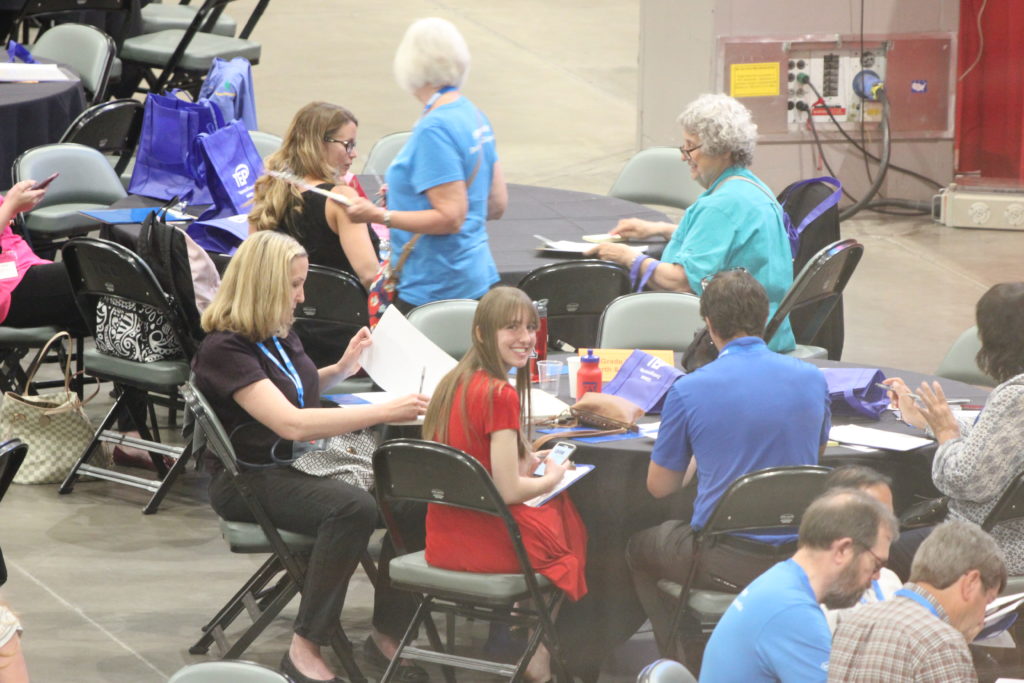
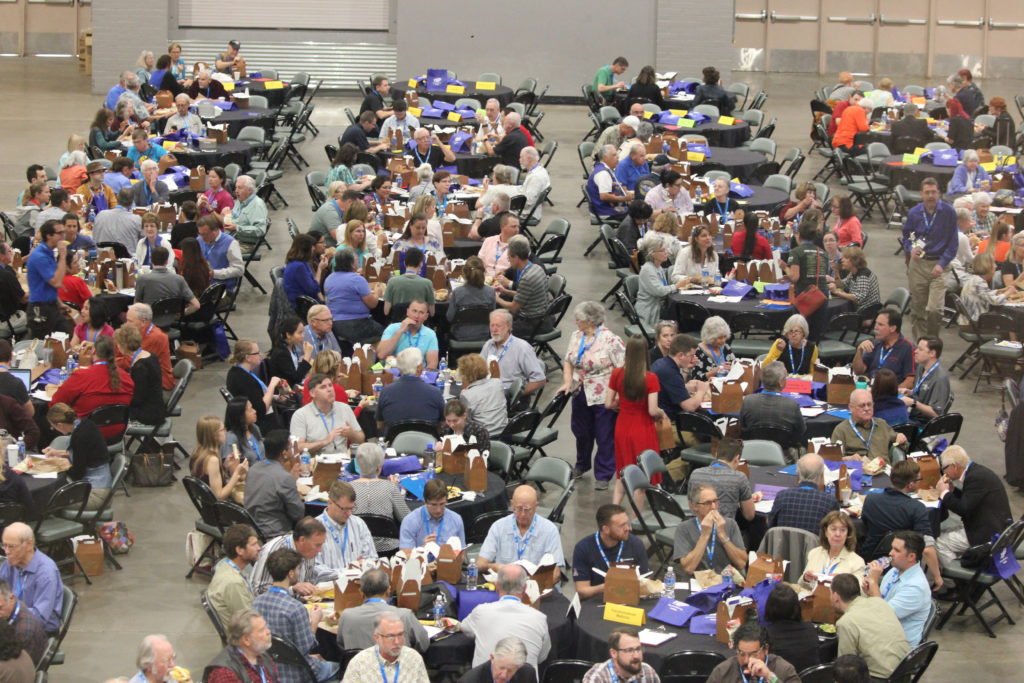
Finally, after an hour of interviews, I returned with my judging team to our table to have lunch where we revisited our top picks and finalized the results. It felt incredibly rewarding to do so as I remember very well how accomplished I felt when I walked across that stage as a student participant to receive my own trophies and certificates. Giving back to the fair was most definitely worth it! Perhaps one of the funniest parts about the entire experience, though, was seeing judges that had evaluated my own project two years prior. It’s definitely a small world! Then in 2019, I judged as a junior in college for 5th Grade Plant and Animal Sciences. Finally, I evaluated the 7th Grade Plant and Animal Sciences category in 2020 as a senior. The process was very similar to that described above and, once again, extremely rewarding. The only main difference was in 2020, where the fair was extremely short of judges because of the coronavirus pandemic. That year, my team had three people (myself included), so I stepped into the role of team leader. Because of the many safety precautions, student interviews sadly had to be canceled. Nevertheless, judges resorted to writing thousands of encouraging notes and sticking them to students’ poster boards. It was an incredible experience watching the community come together in support of our young scientists.
Here is the link to the organization’s website: Southern Arizona Research, Science, and Engineering Foundation
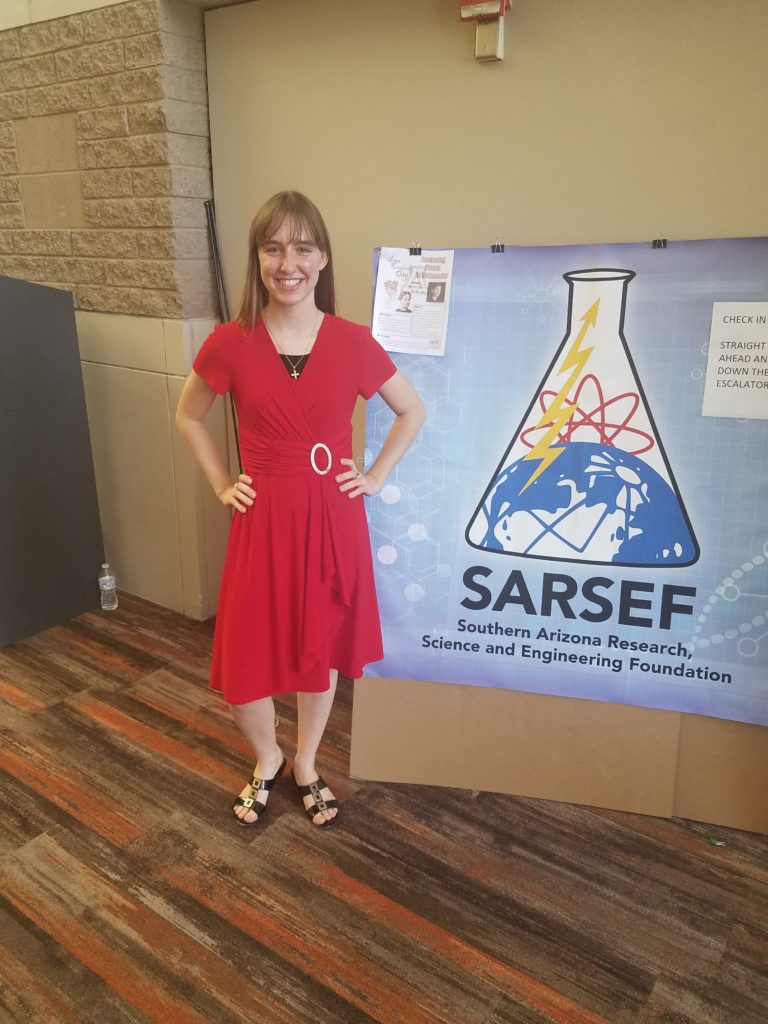
2018 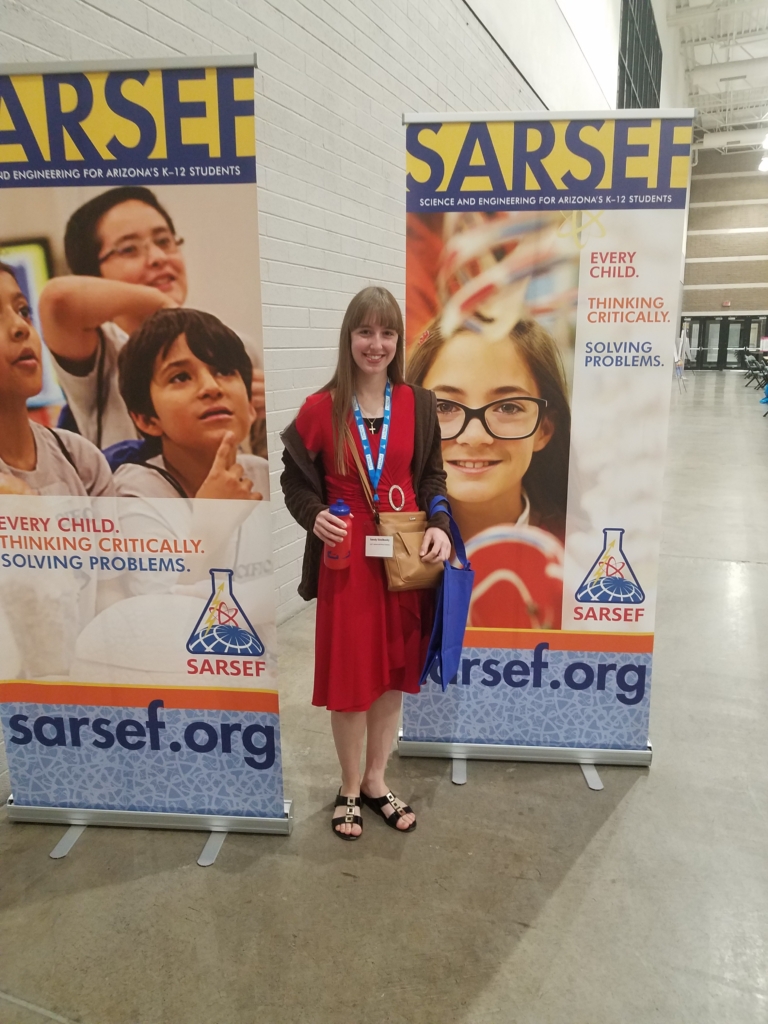
2019

